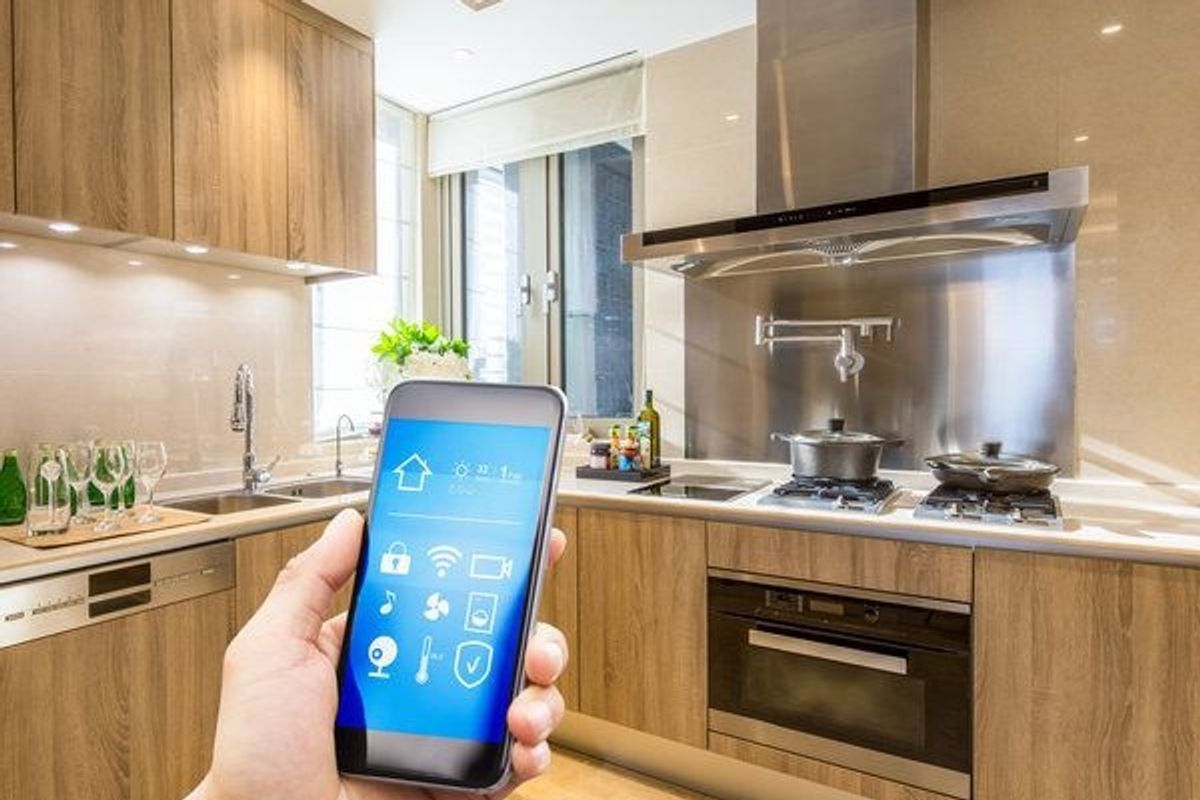
iStock
Struggles with a new tech device affect the way you think about a brand too
People need hand-holding in setting up new gadgets — and in connecting them with other products in their life too

People need hand-holding in setting up new gadgets — and in connecting them with other products in their life too
Not just what we buy — but the way these devices play well with others — is crucial to how we feel about technology. For brands, this means needing to do more than just support a specific product, like a TV or a smartphone, but also helping people learn how to uses them with other products they have in their home. That's the findings of a new paper from Patrice Samuels, a senior analyst with Parks Associates, that looks at how brands can best support consumers as they add smart home and connected products to their lives.
Sure, everyone has struggled at least once with setting up a new router, phone or any tech gadget we've just bought. In the smart home space this includes more than half of us, says Parks Associates. And in terms of tech devices overall, one-quarter of those who buy one of these device — and then had trouble setting them up — ended up switching to a different brand. Make those process "very difficult," says Parks, and that brand switch happens to almost half of all consumers.
With the average broadband connected home in the U.S. now filled with 11.4 connected devices, this is a wake-up call for companies — and a little bit of power handed back to buyers. Don't like how difficult it is setting up your new smart speaker? Let a company know.
Consumers can also turn to companies that are offering service for tech set-ups, which can include groups like the Geek Squad, where member pays for each installation, for example, to completely white glove services like Vivint, which come to the home, install and then support every device they handle, as long as you're a customer.
There are also brands like Handy, HelloTech and Angie's List where consumers can go online and find an installer, someone who handles everything from taking a new router out of the box, to putting a smart lock into place.

Self-healing + self-help
Another play for companies are products that actually figure out what's wrong, and fixes the issue on its own. Services that handle the tech problems by themselves are "highly appealing," to 33 percent of consumers, says Parks.
Without that as an option, people still turn to video tutorials, product manuals and even support manuals — anything that keeps them from having to contact a call center for help. And more than half of all the issues consumers have to handle with the connected smart home devices, can be resolved this way, says the research firm.
Ultimately, the research firm believes that brands need to be creating many avenues for consumers to get not only help maintaining a specific product — but in having it work with the other items in their home as well.
"While advanced remote and automated support services improve the efficiency and effectiveness of support services, these technologies will not address all customer support needs," writes Samuels, in the white paper. "Robust reactive support strategies must be in place to address these issues."
Echo Plus (2nd Gen) - Premium sound with built-in smart home hub - Charcoal
GearBrain Compatibility Find Engine
A pioneering recommendation platform where you can research,
discover, buy, and learn how to connect and optimize smart devices.
Join our community! Ask and answer questions about smart devices and save yours in My Gear.
